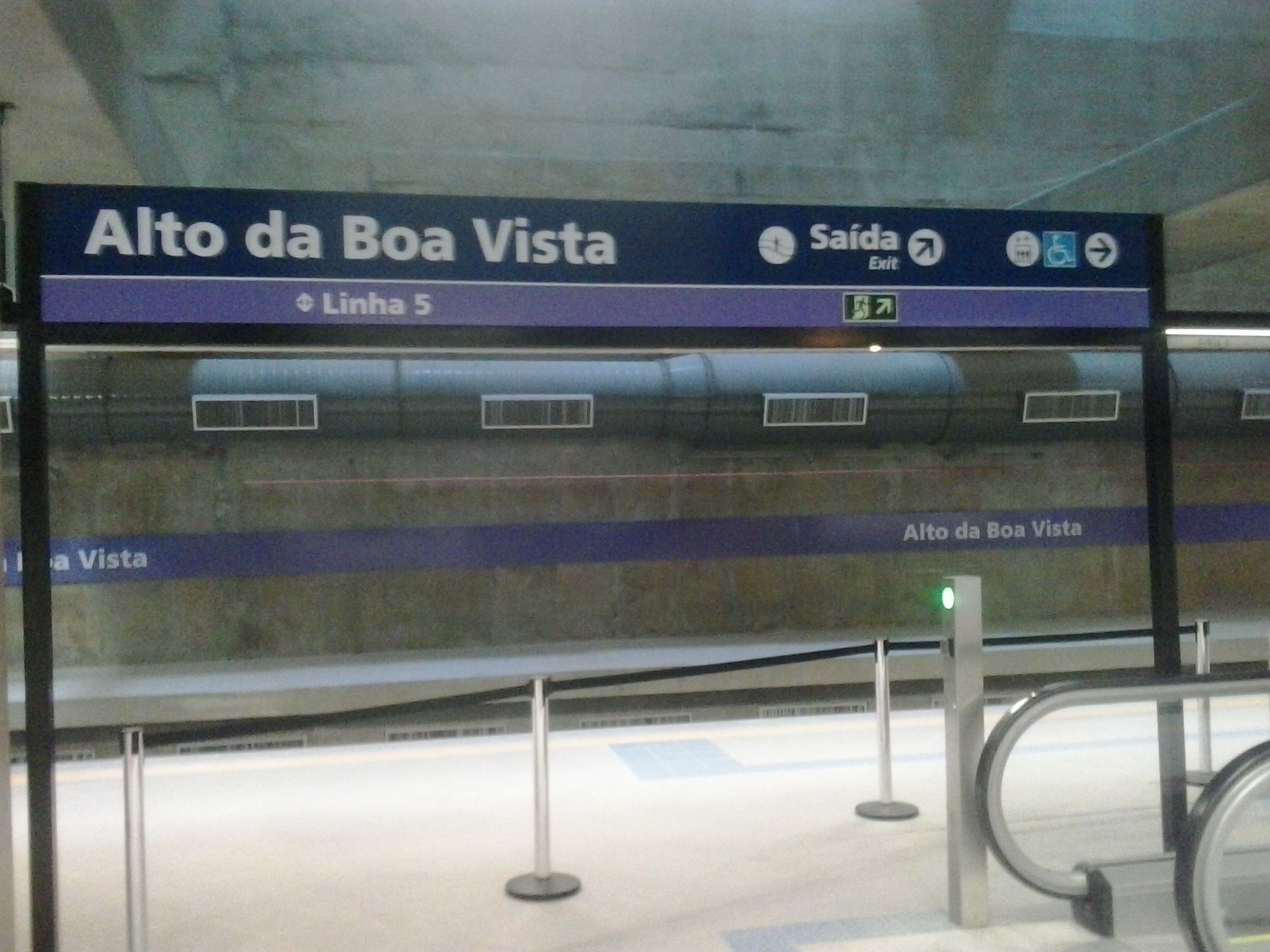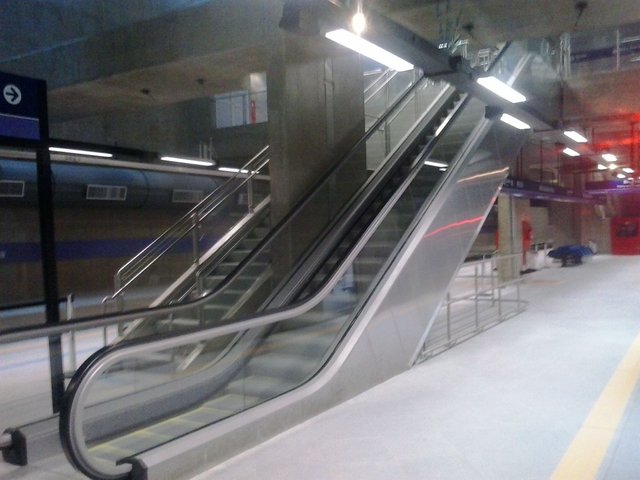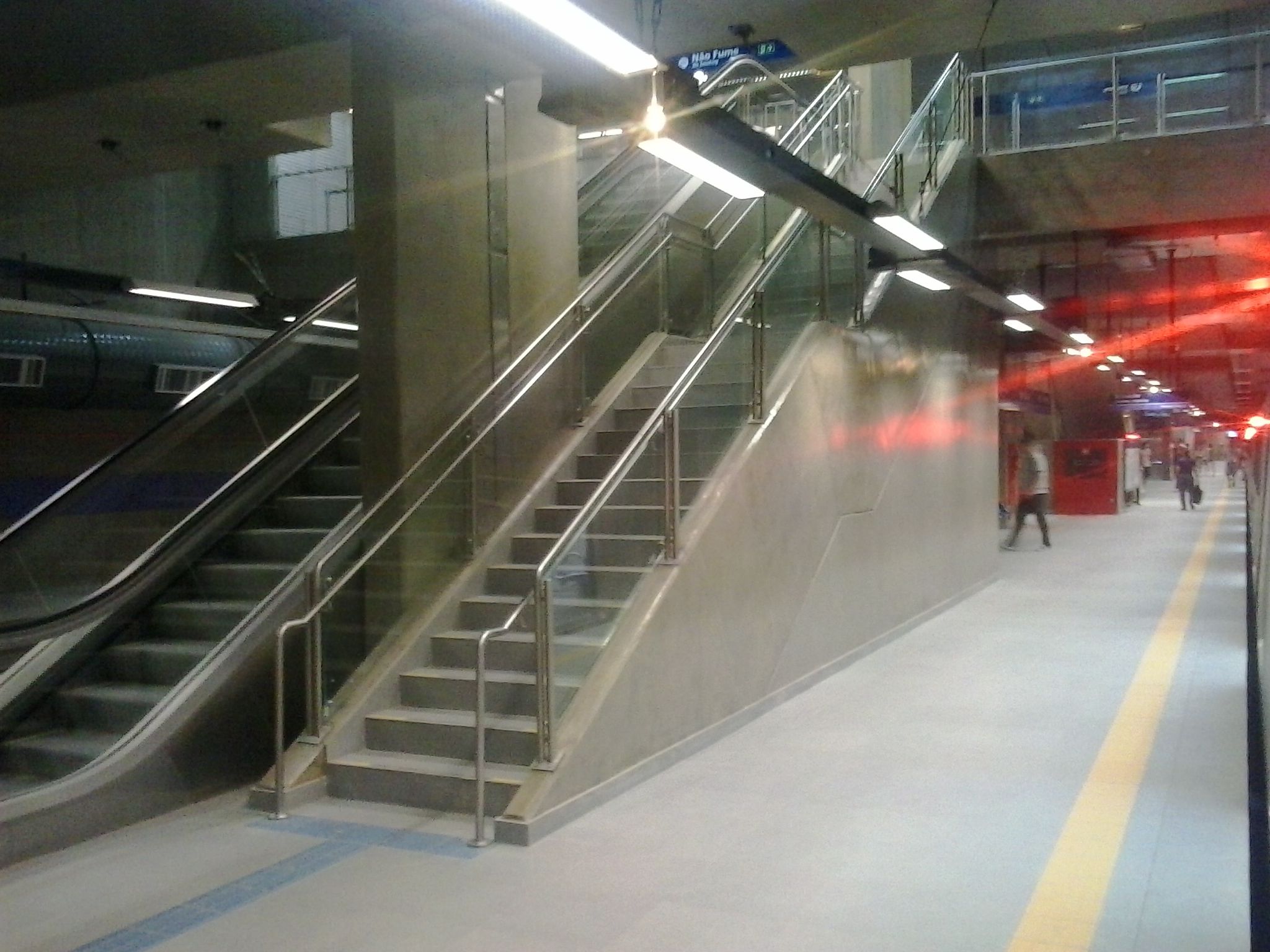Brief story of a subway line - São Paulo, Brazil (EN)
Hello folks!
In last march 2nd, a new subway station was opened in the line 5 – Lilac of São Paulo, (southeastern Brazil) subway network.
I’m following those opening ceremonies, sometimes in the official day, sometimes in the following days. I’m present since my childhood, when my grandfather and my parents took me there after I insisted a little bit to go. 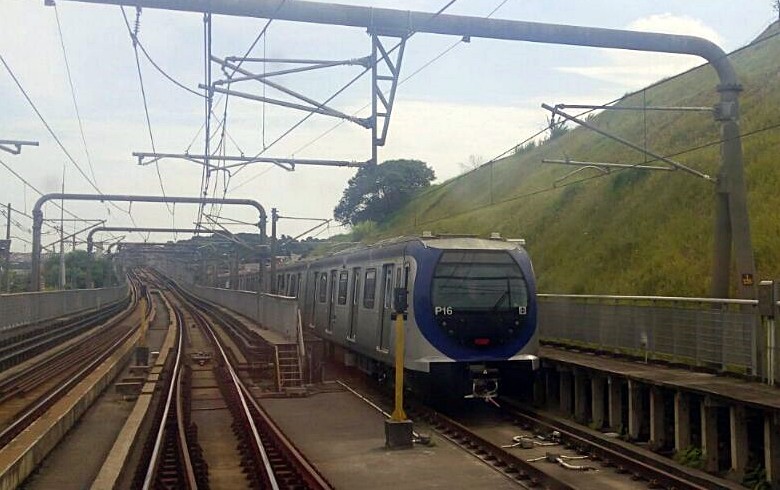
This line was projected to connect a crowded and devoided of transport zone of Southern São Paulo (Capão Redondo and Santo Amaro neighborhoods) towards the main lines of São Paulo Subway network.
In this picture below, you can see in yellow the recent area already open, and the dashed line without yellow mark is under constrution.
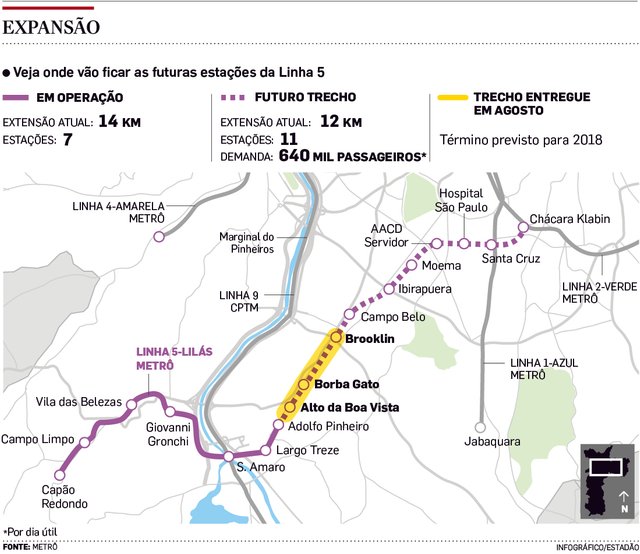
This inauguration drove me to the historical part of this line and its consequences to public and urban mobility.
The São Paulo Subway Company (Companhia do Metropolitano de São Paulo in original portuguese) was founded in 1968, and just in that year, the tramway system was ceased forever due the adoption of the new rail system: The Subway (underground or metro). The trams were very popular among the people in general since the first vehicle in operation by a Canadian enterprise: The São Paulo Light and Power Company was launched in early XX century. The São Paulo state, and the city of São Paulo had experienced in late XIX and early XX centuries an economic boom initially from coffee exports and then a growing industrial park in that metropolitan area was changing São Paulo landscape.
In the 1920’s, the Light Company made a proposal to change the mass transport in São Paulo. In the most crowded trams lines, that proposal was to convert some trams lines into subway lines and trams and buses could complete the full public transport system.
The original Project from 1927 below and note under the viaduct a subway line.
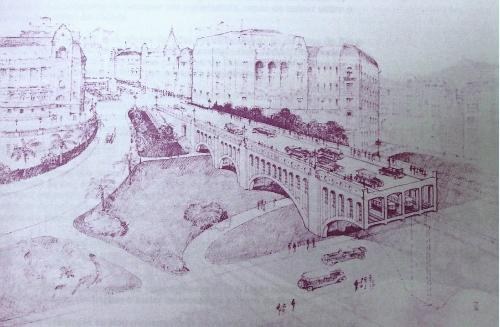
You can see in this next picture in the 2000’s, there is no a subway line under the viaduct!
![viaduto do chá.jpg]
(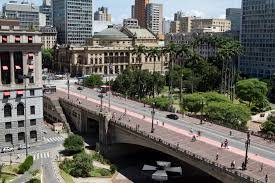 )
)
And why?
After the proposal, the Light Company went nuts with São Paulo city bureaucracy. In the mayor Prestes Maia administration, the town denied this project from the Canadians and Light Company planned to handover the tram transport to the government after that. In the 1940’s, the city was running the crowded trams. The Canadians wanted a balanced scheme of mass transport not involving only individual transport like cars. But the plan from Prestes Maia intended to build the “Plano de Avenidas” or Avenues Plans, ignoring the public transport over rail. Was a good plan for São Paulo urbanization as we know today, but this point can’t be forgotten.
In the 1950’s was the introduction of trolleybuses and the City change some trams lines to new trolleybuses lines. After some time, trams was changed to diesel buses and lines were closed.
Here is a traditional trolleybus line that replaced a tram line: Cardoso de Almeida-Machado de Assis. My dad told me that he remember the time when trams were running this line when he was a kid.
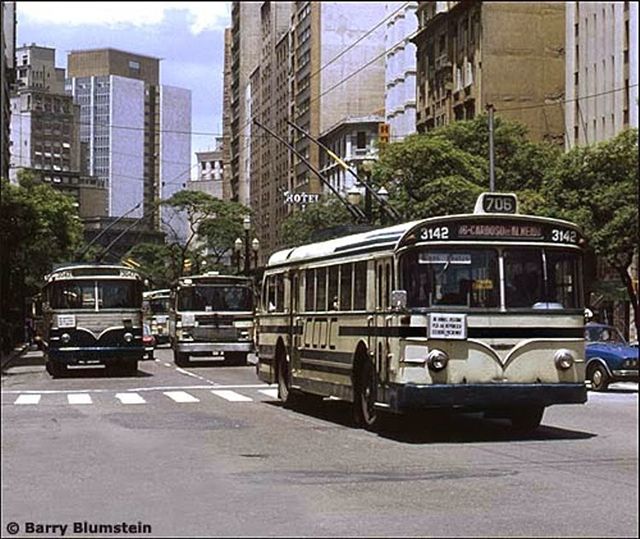
In the 1960’s many lines didn’t run anymore and the last one was the Santo Amaro line. This line was amongst the main and older lines. It was ceased in 1968, the year of São Paulo subway foundation as I mentioned.
Here is the Santo Amaro tram farewell:
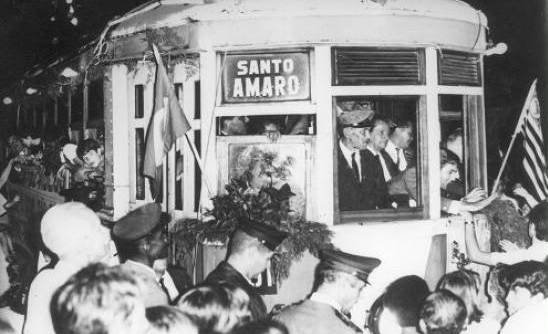
But the metro system only ran the first train in 1974. You can imagine the impact size in mass transport between those years. In this time a growing demand was added to a overloaded bus system.
The São Paulo government has this gap since then, and must overcome this barrier. Many hours are spent from people that are going from Santo Amaro zone to go to São Paulo downtown.
Only in 2002 a first section of line 5 – Lilac was opened between (Capão Redondo and Largo Treze neighborhoods) not linked with the subway main lines, only a connection with a commuter train in Santo Amaro station. In this first moment was a isolated line from others subway lines. Were 34 years waiting a decent public mass transport in this area to connect the downtown, but those people are still waiting for a straight link to the center of São Paulo.
The result, in 2002 the line looked this:
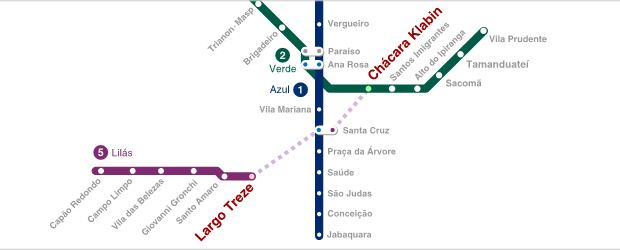
As I indicated before, the line opened some stations in late 2017 and this month (2018/03), too. Finally it is approaching to the final according to the original project and appears a mass transport option where the tram line served the population.
![diagrama-linha5.png]
(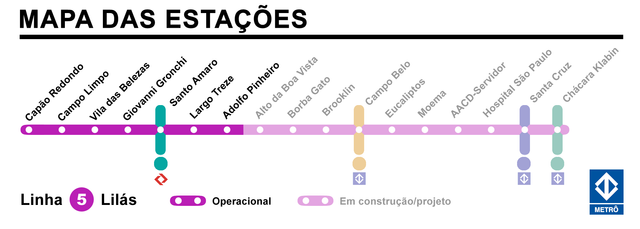 )
)
Although the huge delays in construction (this deserves another topic), the population have a modern, cleaner, faster and safer transport mode especially when in full service.
Here are some photos taken by me in inauguration of Adolfo Pinheiro – Brooklin Section:
